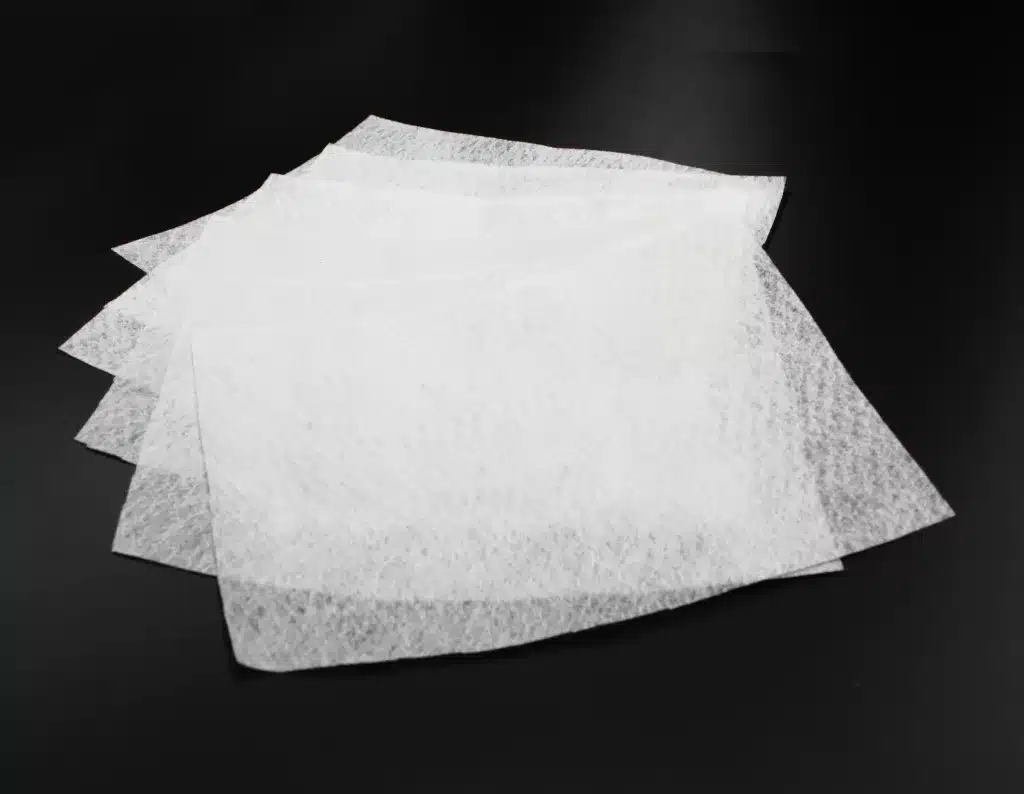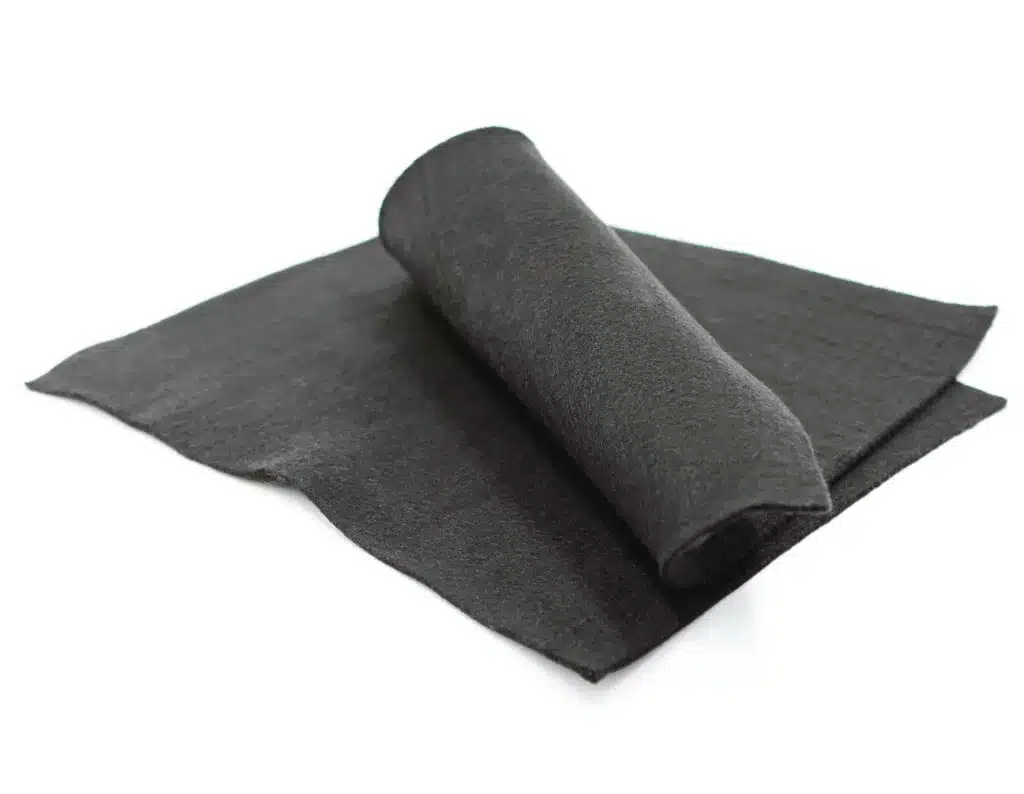+86-159 9860 6917
info@geofantex.com
geofantex@gmail.com
+86-400-8266163-44899
Retaining walls are essential structures in landscaping and construction, providing stability and preventing soil erosion in sloped areas. However, to maintain their effectiveness and longevity, retaining walls require specific materials that enhance drainage and prevent soil movement. One such critical material is geotextile filter fabric. This article explores the role of geotextile filter fabric in retaining walls, its benefits, and how it compares to other geotextile applications.
Do Retaining Walls Need Filter Fabric?
Yes, retaining walls typically need filter fabric to ensure proper drainage and prevent soil from clogging the drainage system. Filter fabric, often made from geotextiles, acts as a barrier that allows water to pass through while keeping soil and other particles in place. Drainage stone should always be covered with filter fabric at the top of the wall to further enhance this protection. Without this fabric, water pressure could build up behind the wall, leading to structural failure over time. The filter fabric helps to maintain the integrity of the retaining wall by promoting adequate drainage and reducing the risk of erosion.

Can Geotextile Be Used in Retaining Walls?
Geotextile can and should be used to retain walls. Steep artificial slopes and geotextile/geogrid reinforcement slopes are commonly used to retain walls as they offer stabilization. Geotextiles are permeable fabrics that are used in conjunction with soil to enhance their properties, such as strength, filtration, and drainage. In retaining walls, geotextiles serve multiple functions: they reinforce the soil, provide filtration to keep fine particles out of drainage systems, and allow water to pass through, preventing hydrostatic pressure buildup. Their use is crucial in both large-scale construction and smaller landscaping projects.
What Is the Difference Between Filter Fabric and Geotextile Fabric?
The terms “filter fabric” and “geotextile fabric” are often used interchangeably, but they can refer to different things depending on the context. “Filter fabric” is a generic term used to describe geotextiles whose primary function is allowing water to pass while keeping soil fines from migrating through the fabric. Geotextile fabric is a broad category that includes various types of fabric used in civil engineering and construction for functions like separation, reinforcement, and drainage. Filter fabric, on the other hand, specifically refers to geotextiles used for filtration purposes. While all filter fabrics are geotextiles, not all geotextiles are designed for filtration. For example, some geotextiles are used primarily for soil stabilization or erosion control rather than filtration.
What Are the 3 Main Uses of a Geotextile?
The three main uses of a geotextile are draining water, separating different soil from each other, and reinforcing soil.
- Separation: Geotextiles are used to prevent the mixing of different soil layers. For example, in road construction, a geotextile layer might be placed between subgrade and aggregate to maintain the integrity of each layer.
- Filtration: Geotextiles serve as a filter in drainage systems, allowing water to pass through while preventing soil and other particles from clogging the drainage media.
- Reinforcement: Geotextiles enhance the strength of soil in construction projects, such as retaining walls or embankments. By providing additional tensile strength, they help support structures and prevent soil displacement.
Geotextile filter fabric is a crucial component in the construction and maintenance of retaining walls, offering essential functions like filtration, reinforcement, and separation. Understanding the role of geotextiles and their specific applications, such as filter fabric in retaining walls, ensures the longevity and stability of these structures. Whether you’re working on a large construction project or a small garden wall, incorporating the right geotextile can make all the difference in the durability and effectiveness of your retaining wall.



Get Free Sample
We’ll respond as soon as possible(within 12 hours)






















